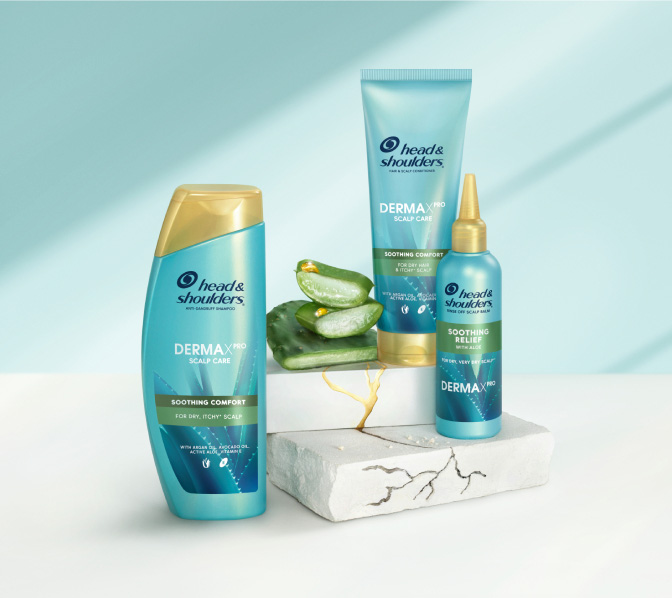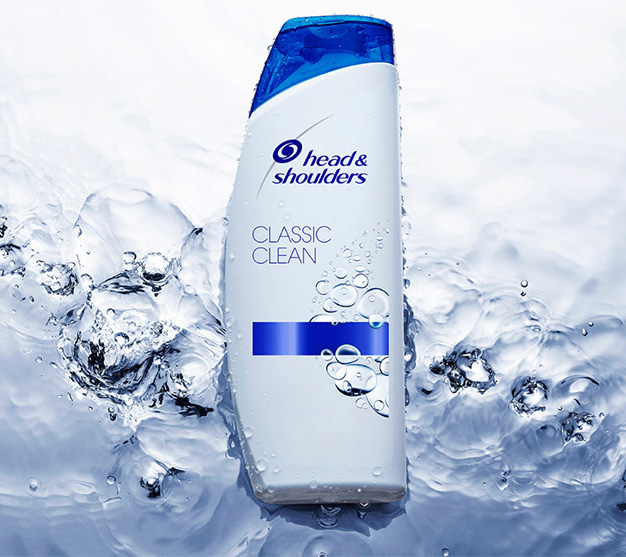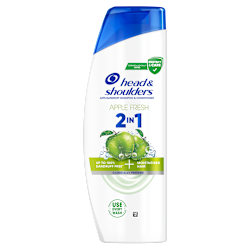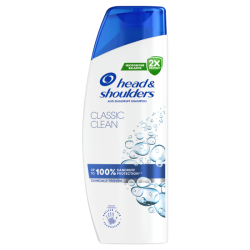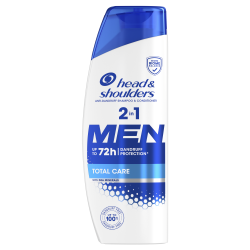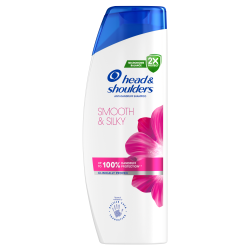What is dandruff? Symptoms of dandruff explained
In this article:
- Go to sectionHow the dandruff symptoms appear
- Go to sectionA red and sensitive scalp
- Go to sectionAn itchy head could be dandruff
- Go to sectionDry scalp and a tight feeling
- Go to sectionCould it be something else?
- Go to sectionHow to know the difference
- Go to sectionDandruff symptoms: the early warning signs
- Go to sectionSymptoms of dandruff before flakes
- Go to sectionDandruff in pictures: spotting the symptoms
- Go to sectionDandruff or hypothyroidism?
So, you think you might have dandruff. What signs should you be looking for? Find out how to spot the symptoms of dandruff and how you can treat them including flakes, itch and dryness.
The symptoms of dandruff are all signs of discomfort, brought on by the root cause of dandruff – the microbe Malassezia globosa.
Learn how to get rid of dandruff
More about the causes of dandruff
As your scalp becomes affected, it responds the same way as skin elsewhere on your body so you may experience:
itching
redness
dryness
flakes

How the dandruff symptoms appear
Flaking is the most visible sign of dandruff and you may see them on your hair and also on your shoulders.
This happens as the body increases the rate at which skin cells renew, causing excess cells to appear on the scalp and flake off.
While it might be the most visible sign, it’s not always the first. Itching is often the first symptom to show itself and can act as a warning sign before flakes start to appear.
Dryness and redness can also appear early too, making your scalp feel tight.
While not always sure signs of dandruff, they’re key symptoms to look out for and should act as a prompt to start using anti-dandruff shampoo to help treat the condition.
Flakes are the most noticeable sign of dandruff. You might see them on your scalp and hair, as well as on your shoulders.
Dandruff flakes can range from being quite small and white to large and yellowish in the most severe cases. They are formed when your skin cells renew more quickly than normal – the excess dead cells form the visible flakes.
A red and sensitive scalp
You might also see redness on your scalp where the skin has become affected.
This is caused by the scalp’s reaction to the substances produced by the microbe Malassezia globosa. Some people are much more sensitive to these substances than others.
An itchy head could be dandruff
A scalp affected by dandruff can be very itchy – but don’t scratch it! Giving in to the temptation is likely to aggravate the problem and cause further damage to the cells on the surface of the scalp.
Dry scalp and a tight feeling
Dandruff can cause dry scalp as it disrupts the skin’s natural moisture barrier. It feels similar to when you have dry skin elsewhere on the body and might be accompanied by a feeling of tightness.
If you’re suffering from all, or even just one of these symptoms, you might have dandruff.
Use Head & Shoulders Classic Clean Shampoo to treat all the symptoms of dandruff fast.
The unique pyrithione zinc (ZPT) formula tackles the root cause of dandruff, calming discomfort and leaving you with a flake-free *, healthy scalp.
Could it be something else?
But dandruff symptoms are actually similar to symptoms of another scalp condition called seborrheic dermatitis.
Seborrheic dermatitis is a more extreme form of dandruff, both caused by the same microbe, called Malassezia globosa. People who suffer from seborrheic dermatitis are extra-sensitive to the substances created by the microbe, leading to an amplified itchiness of the scalp and other symptoms.
How to know the difference
So, what are the signs it’s something more than simply dandruff? Look out for a flaky scalp. The flakes will be attached to the scalp and look like yellowish scales that may feel oily to the touch. You might notice red and sensitive patches from dry scalp, and the same symptoms may also appear on your face, chest, or back.
Seborrheic dermatitis and scalp health is affected by a string of factors – including stress, genetics, cold, dry weather, a reaction to medicines or some medical conditions – all of which can worsen its symptoms.
If you’re confused wondering if it’s seborrheic dermatitis or dandruff symptoms you can start by trying a powerful dandruff shampoo. Head & Shoulders Clinically Proven Solutions shampoo features 1% Selenium Sulfide, which will tackle even the most persistent cases of flaky scalp and offer relief from itchy scalp and dry scalp, too. If it's dandruff, then flakes should vanish within three weeks. If symptoms persist, then you may need to visit your doctor to discuss treatment options.
Like dandruff, if you do have seborrheic dermatitis, it won’t just go away on its own. It’s a recurring condition, but the right treatment, used regularly, will keep you free from symptoms.
While dandruff and seborrheic dermatitis might be the most common causes of a flaking, itching and dry scalp, there are other lesser-known causes too – such as scalp psoriasis, tinea capitis, and pityriasis rosea. If you’re unsure what’s causing your condition, you can rule out dandruff first by trying a two-to-three-week course of Head & Shoulders dandruff shampoo.
Find out the best scalp treatment for psoriasis
Dandruff symptoms: the early warning signs
You may think flakes are the only sign of dandruff, but there are a few other symptoms that also point to dandruff, like itching and dryness.
There are key symptoms of dandruff that may appear before flakes.
Symptoms of dandruff before flakes
Itchiness is the most common symptom that precedes flakes. The itch sensation happens when receptors on the surface of your skin are triggered by some stimulus.
The nerves send a signal to the brain via your spinal cord, which then causes you to act (scratch).
Malassezia globosa can cause a scalp to become so itchy that you’re compelled to scratch…because of this, an itchy scalp is a good warning sign that you could be experiencing dandruff.
People may experience one or more symptoms of dandruff as well as dandruff flakes.
In fact, some people who are vulnerable to dandruff may not yet have visible flakes, but still suffer from other dandruff symptoms.
As with itching, these other dandruff symptoms are signs of skin damage on the scalp: dryness, tightness and redness.
If you experience the early signs of dandruff, you can treat it before you start to see flakes.
The right anti-dandruff shampoo needs to treat:
the symptoms of dandruff – including dryness and redness
the root cause
Our Classic Clean Shampoo is ideal for treating dandruff as well as the symptoms that come with it.
It keeps your hair up to 100% flake free* while fighting against dryness, itchiness and redness.
It leaves your scalp feeling comfortable and moisturized and makes your hair soft and beautiful.
If you’re suffering from a particularly dry scalp, our Dry Scalp Shampoo with Almond Oil is the perfect remedy.
It works with your body to fight dandruff and help restore your scalp's natural moisture balance.
Dandruff in pictures: spotting the symptoms
Dandruff flakes
Flakes are the most well-known sign of dandruff. You might be able to see them on your shoulders as well as on your scalp and hair strands. Depending on the severity of your dandruff, the flakes can look different.
In less severe cases, the flakes might be small and white:
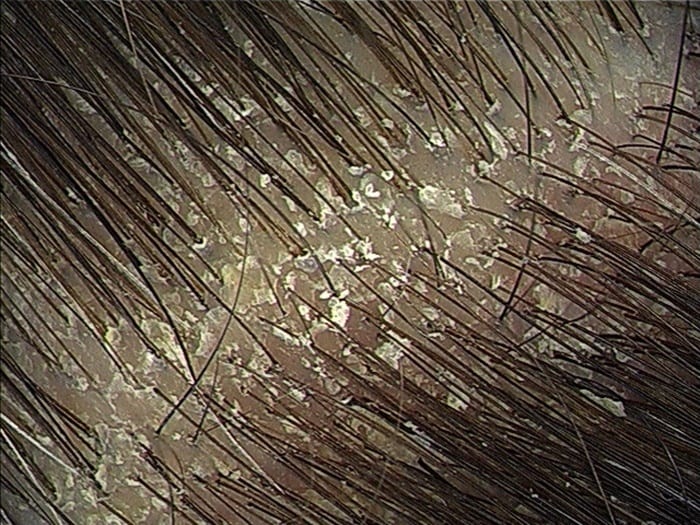
In more severe cases, dandruff flakes can be large and yellowish in colour:
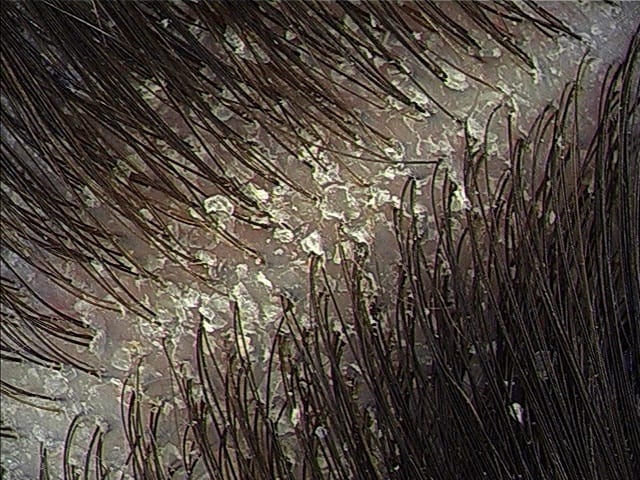
REDNESS
Dandruff is the result of the action of the naturally occurring microbe Malassezia globosa. It breaks down your scalp oils to produce substances, so your scalp might look red and affected.
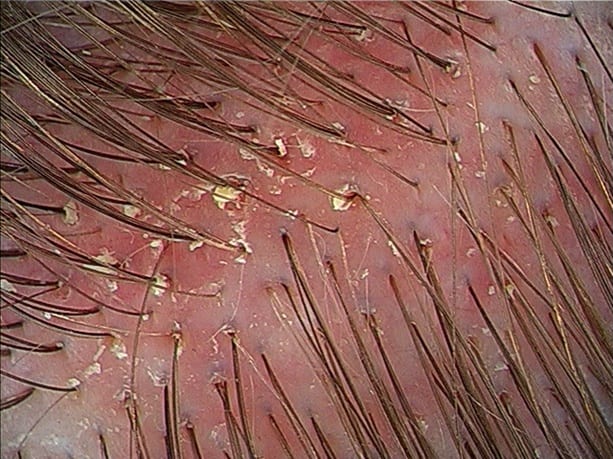
Dandruff is easy to control...
Just use Head & Shoulders Classic Clean Shampoo every time you wash your hair. It fights dry scalp, calms itchy scalp, relieves discomfort, reduces redness and controls flakes*. Plus, it leaves your hair looking beautiful.
Head lice
Head lice symptoms are similar to dandruff; you may experience an itchy scalp that leads to scratching. Eggs, called “nits,” cling to the hair shafts. These resemble small grains of sand that can be mistaken for dandruff flakes.
How to tell the difference between dandruff and nits:
dandruff will fall off the scalp and hair as flakes
nits cling to the hair firmly
nits have a specific teardrop shape
dandruff skin flakes can be found on scalp (where they form) AND hair
nits will be found only on hair fibres
Lice and nits can only be treated with manual combing and removal after washing your hair with anti-lice shampoo.
Sunburnt scalp
A sunburnt scalp shares some symptoms with dandruff including redness and itchiness. If you continually use hair dryers or other heat stylers, you may experience a burn on your scalp, which can cause these too.
How to tell the difference between dandruff and sunburnt scalp:
Sunburn flaking is concentrated where your scalp was exposed to sun: your part line or places where your hair is thin.
Dandruff flaking can occur anywhere on scalp, but especially in areas less exposed to sun.
A way to check your own hair for dandruff flakes is to part your hair near your temple (just above your ear).
The colour of the flakes may also give you a clue; skin that’s peeling from sunburn is white, whereas dandruff flakes may be white or yellowish.
A sunburnt scalp needs to be treated with cooling aloe. You should refrain from using heat stylers until your scalp is completely healed.
Even then, try to limit their use as they can contribute to a dry scalp, damaging your scalp’s natural moisture defences.
Product buildup
The frequent use of styling products can cause a build-up on your hair that may also resemble dandruff. Styling products also make your hair look greasy and, if you have a sensitive scalp, the build-up may cause discomfort and redness.
How to treat dandruff
If you do have dandruff, the only way to treat it is with the right shampoo.
Use our Smooth & Silky Shampoo for smooth, clean-looking hair. It removes build-up and helps prevent dandruff.
The pH-balanced formula is gentle on hair and ideal for everyday use, even on colour-treated hair.
Scalp Detox Shampoo For Men, meanwhile, cools the scalp with mint extract while leaving the hair refreshed and dandruff-free.*
Dandruff or hypothyroidism?
Hypothyroidism is known to mimic other conditions due to its many symptoms. Make sure you’re not confusing it with dandruff with our guide.
Dandruff is not a particularly troubling condition, despite the discomfort it can cause.
Hypothyroidism on the other hand, can be far more serious. Unfortunately, hypothyroidism comes with many possible symptoms, some of which can even mimic dandruff.
So, what’s the difference?
What is hypothyroidism?
Hypothyroidism occurs when the thyroid gland produces too little thyroid hormone. Most commonly, this is the result of an autoimmune disorder.
Diagnosing hypothyroidism can be difficult, thanks to the many symptoms associated with it:
Constipation
Depression
Dry hair and hair loss
Dry skin
Fatigue
Increased sensitivity to cold
Slowed heart rate
Swelling of the thyroid gland
Unexplained weight gain or difficulty in losing weight
The key to telling the difference between dandruff and hypothyroidism rests in two areas: spotting other symptoms, and location.
First off, dandruff is confined to the scalp, while the dry skin that marks hypothyroidism can occur anywhere on the body.
Secondly, hypothyroidism is associated with a number of other symptoms that are outside the scope of dandruff. If you experience any other symptoms of hypothyroidism alongside symptoms of dandruff, you should immediately speak to your doctor.
Treating hypothyroidism
Luckily, treating hypothyroidism is as simple as a prescription from your doctor. It will also require ongoing blood tests in order to ensure that your body is getting the right amount of thyroid hormone.
One of the possible complications that can arise when treating hypothyroidism concerns other medication. It possible for supplements and other medications to interfere with the body’s ability to absorb the thyroid medication. For this reason, it’s very important that you give your doctor a complete list of any medications you might be taking.
* visible flakes, with regular use

